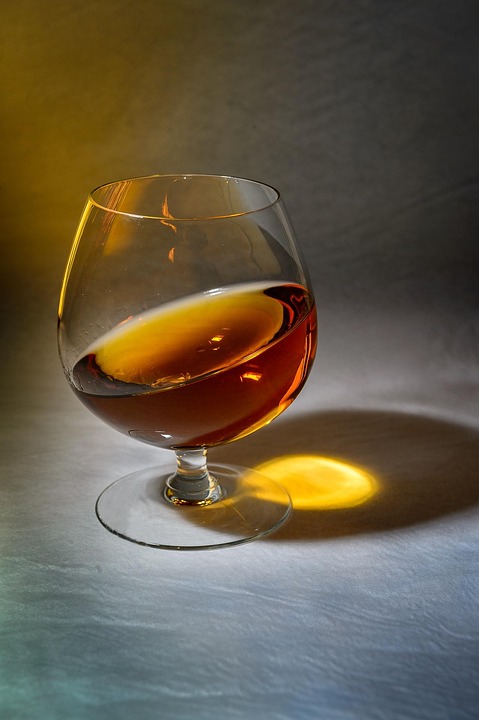Introduction
Cognac, a luxurious French brandy, is renowned worldwide for its rich flavors and complex aromas. To be considered authentic cognac, strict geographic rules must be followed during the production process. These rules not only ensure the quality and authenticity of the final product but also protect the reputation of the cognac industry as a whole. In this report, we will delve into how these geographic rules define authentic cognac production.
History of Cognac Production
Cognac production dates back to the 17th century in the Cognac region of France. The unique climate and terroir of the region, characterized by chalky soil and a maritime influence, create the perfect conditions for growing the grapes used in cognac production. The traditional method of making cognac involves double distillation in copper pot stills and aging in oak barrels for a minimum of two years.
Geographic Indications for Cognac Production
In order to be labeled as cognac, the brandy must meet certain geographic indications set forth by the Bureau National Interprofessionnel du Cognac (BNIC), the governing body of the cognac industry. These geographic rules dictate that cognac can only be produced in the Cognac region of France, which is divided into six different crus or growing regions: Grande Champagne, Petite Champagne, Borderies, Fins Bois, Bons Bois, and Bois Ordinaires. Each cru has its own unique characteristics that influence the flavor profile of the cognac produced there.
Protected Designation of Origin (PDO)
Cognac is also protected by the European Union’s PDO status, which ensures that only brandy produced in the Cognac region according to specific rules and regulations can be labeled as cognac. This designation not only guarantees the authenticity of the product but also protects the producers and consumers from counterfeit or inferior products.
Key Players in the Cognac Industry
The cognac industry is dominated by a few key players, including renowned houses such as Hennessy, Rémy Martin, Martell, and Courvoisier. These houses have been producing cognac for centuries and have established themselves as leaders in the industry. They adhere strictly to the geographic rules and traditional production methods to maintain the quality and authenticity of their products.
Financial Data and Industry Insights
According to industry reports, the global cognac market is estimated to be worth over $4 billion, with a projected annual growth rate of 5% in the coming years. The demand for high-quality cognac is on the rise, particularly in emerging markets such as China and the United States. The key players in the industry continue to innovate and introduce new products to cater to evolving consumer preferences.
Volume and Trends in Cognac Production
In terms of volume, the cognac industry produces over 200 million bottles annually, with exports accounting for a significant portion of the sales. The trend towards premiumization in the spirits industry has also impacted the cognac market, with consumers willing to pay more for higher quality and luxury offerings. This trend has led to an increase in sales of aged and vintage cognacs, as well as limited edition releases.
Challenges and Opportunities in Cognac Production
While the geographic rules governing cognac production ensure the quality and authenticity of the product, they also present challenges for producers. Strict regulations on grape varieties, distillation methods, and aging requirements can limit innovation and experimentation in the industry. However, these rules also create opportunities for differentiation and specialization, allowing producers to showcase the unique terroir of their respective crus.
Future Outlook for Authentic Cognac Production
As consumer demand for authentic and high-quality spirits continues to grow, the future looks promising for the cognac industry. Producers who adhere to the strict geographic rules and traditional production methods are well-positioned to capitalize on this trend and maintain their competitive edge in the market. By focusing on quality, authenticity, and innovation, the cognac industry is poised for continued success in the years to come.
In conclusion, the strict geographic rules that define authentic cognac production are essential for maintaining the quality, authenticity, and reputation of the industry. Producers who adhere to these rules not only ensure the integrity of their products but also contribute to the legacy of cognac as a symbol of luxury and sophistication. As consumer demand for high-quality spirits continues to rise, the future looks bright for the cognac industry and its key players.




